This work-in-progress came from Gerry O’Sheas old Ardglass website. We have added to it since 2014. Local historians George Rice, Michael Howland, Duane Fitzsimons, and Mike King have all reviewed it for any glaring errors. Suggestions for improvement or corrections to – cadogan@enright.ie
C.3000 - 2500 BC Burial of a warrior/leader at the 'Ward' of Ardglass where Isabella's Tower is situated.
C.2500-2000 BC Gaelic (Q-Celtic) Kingdoms emerge in Ireland and Britain. Recent research in Scotland has demonstrated that Gaels were indigenous to both Islands. It was a very sea-based civilisation. Popular history has the Gaels arriving from modern-day Galicia in North West Spain. Q-Celtic Gaelic alphabet Ogham stones are found from Cornwall to West Wales to the West Coast of modern England and all over Scotland, the Isle of Man and the Hebrides.
C. 1200-900 BC ‘P’Celts arrive from central and Western Europe. They speak Old Brythonic and we know them as ‘Britons’ and include what later became known as Welsh, Cumbric, Cornish, Picts, and Breton. It is not known if they displaced Q-Celts already present, but it is likely that the two civilisations converged towards each other from West and East.
600 BC By the bronze age and into the Iron Age 300 BC the Gaelic Kingdom of Ulaid had emerged based at Eamhain Macha in modern Armagh covering much of modern Ulster, parts of North Leinster and Western Scotland. Its Kings were often High Kings of Ireland.
352BC The voyages of Pytheas of Massalia in Greece in the latter half of the 4th century B.C. recorded the Darini and what is called Downpatrick today, from where the local Gaelic Dál Fiatach kings of Ulster (Ulaid) ruled for at least 1000 years of recorded history up to the Norman invasion. Some Ulaid chiefs like the Magennis’ and MacCartans lasted well into the 1600’s. Ulaid surnames are very common on the electoral register in Lecale today. I checked the electoral register and found over 10% of the local electorate were ‘Ulaid’ – the MacCartans and Magees alone have nearly 500 names. Other Ulaid septs included Dál Riata in Antrim, Uí Coba of central Down, Dál nAraide and the Uí Conaile of Louth.
300 BC ‘Mag Inis’ (the ‘Island Plain’ modern day Lecale) was an important part of Ulaid, with its main Dún located at Downpatrick. Aside from Downpatrick, there are 15 other fortified Dún around Loch Cuan (officially ‘Strangford’ today) including some fortified islands like Dún Úi Neill off Killyleagh. People living in modern-day Ardglass, Kilclief and Dundrum would have communicated by sea and contributed war-ships to the fleet based in the Loch with their own local fortified Dúin also. (see maps in related articles and lists of boats contributed by each area to the Ulaid fleet). Later the Ulster king Connor (Conchobar) Mac Nessa’s palace is recorded as being in Mag Inis.


